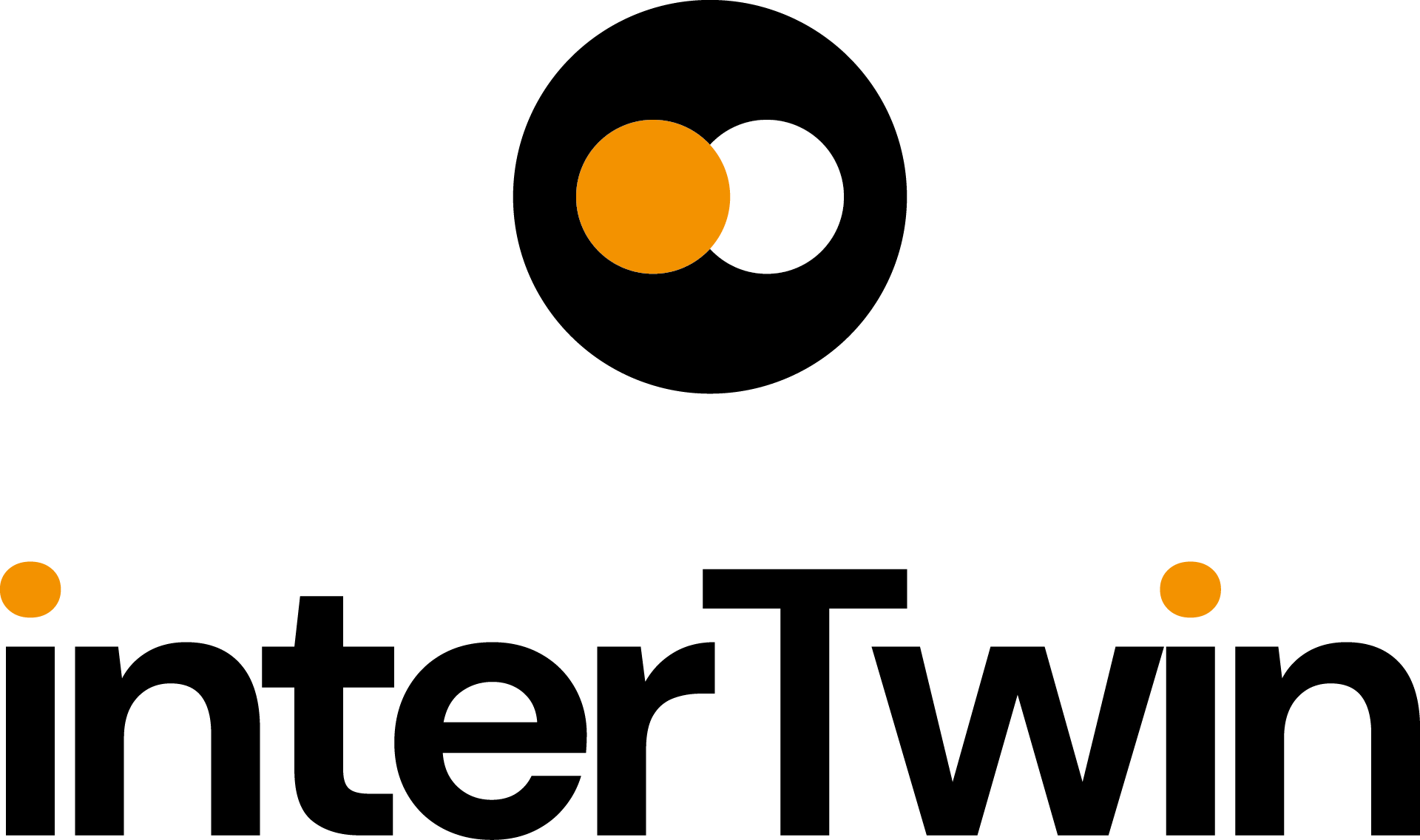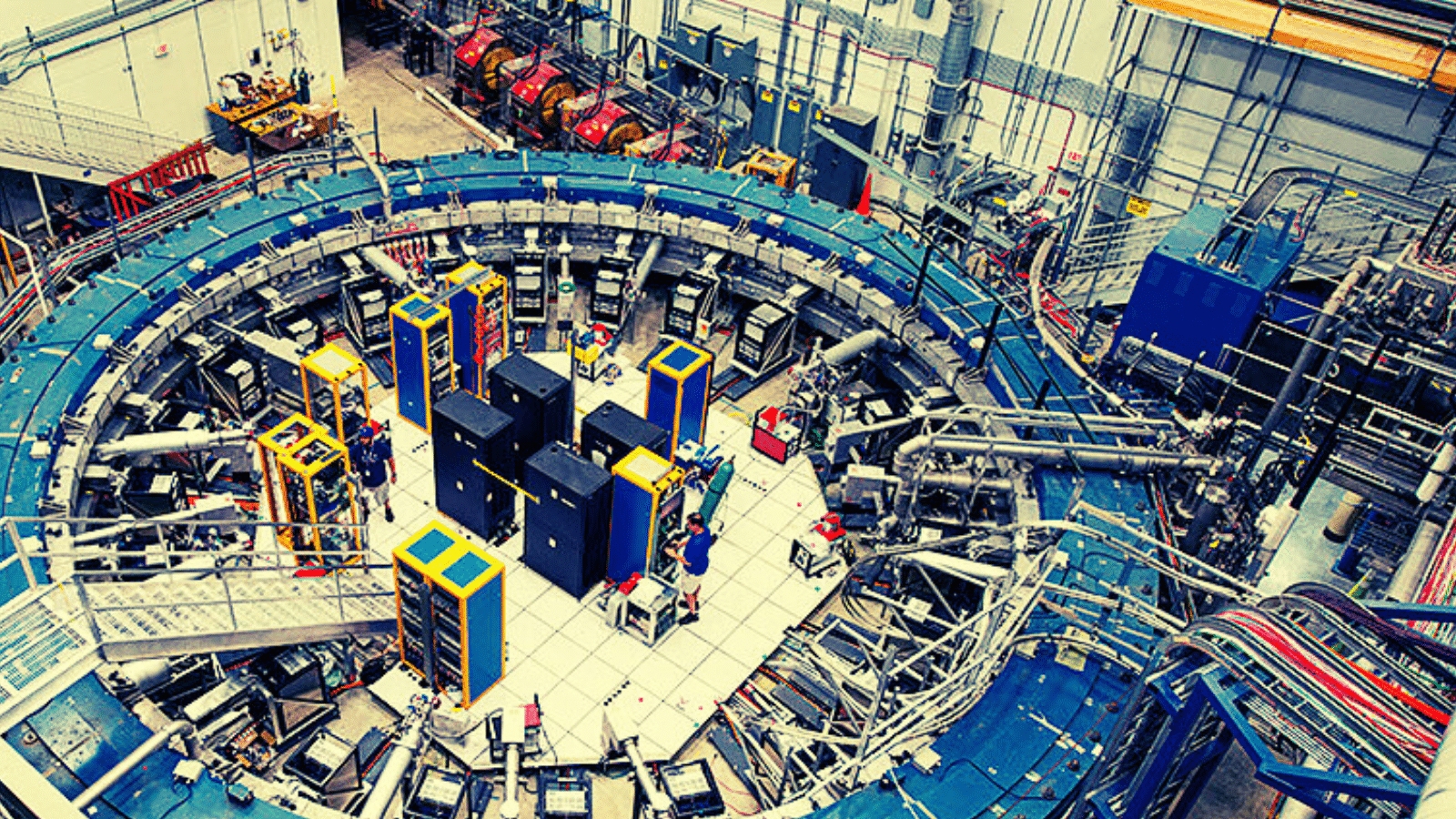Lattice QCD (quantum chromodynamics (QCD)) is a field of study that investigates the dynamics and phenomenology of one of the four fundamental forces of nature, the Strong interaction. Large scale Lattice QCD simulations are carried out in major HPC centres by research groups that span national and international boundaries.
The absence of efficient ways to transfer lattice data between these HPC centres after they have been generated can impede research and in the worst cases result in lost data. Closely related to this is the problem of how and where to store lattice data persisently over long times, so that it can be maximally utilised. Transforming the way data is handled in the lattice community is especially important now as the wider scientific community moves towards embracing the FAIR principles in all aspects of their academic work.
Data generation is the most resource intensive part of traditional non-ML lattice simulations and is therefore a limiting factor that lattice researchers have to consider when planning their research programs. This project is also exploring the application of Machine Learning (ML) techniques to lattice simulations in order to speed up data generation and open up new areas of research.






